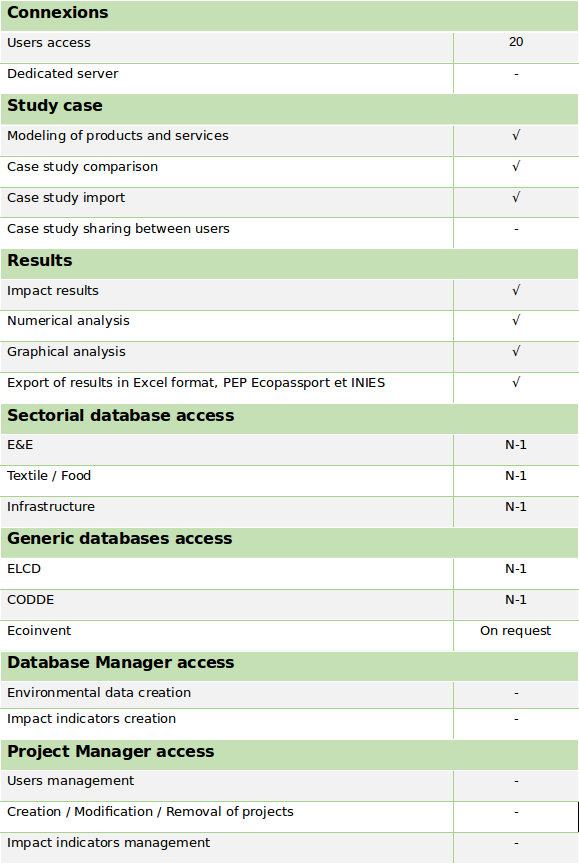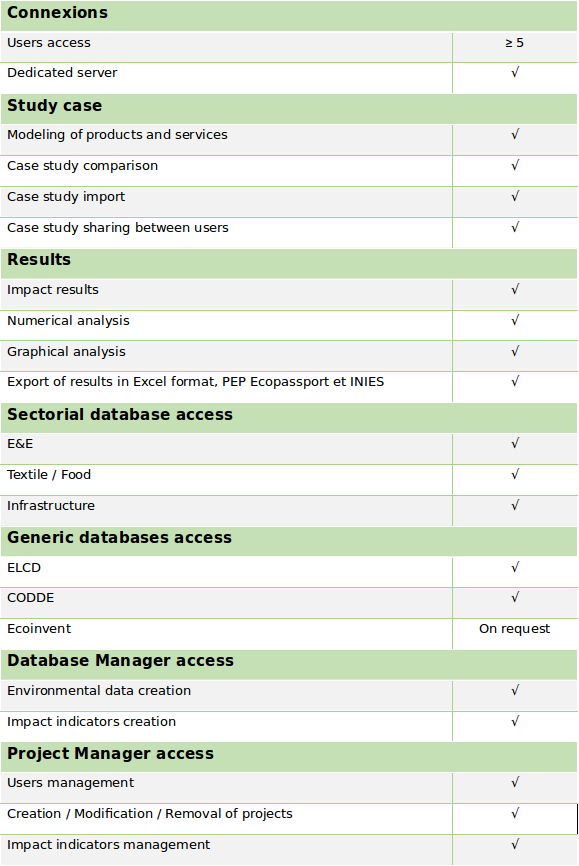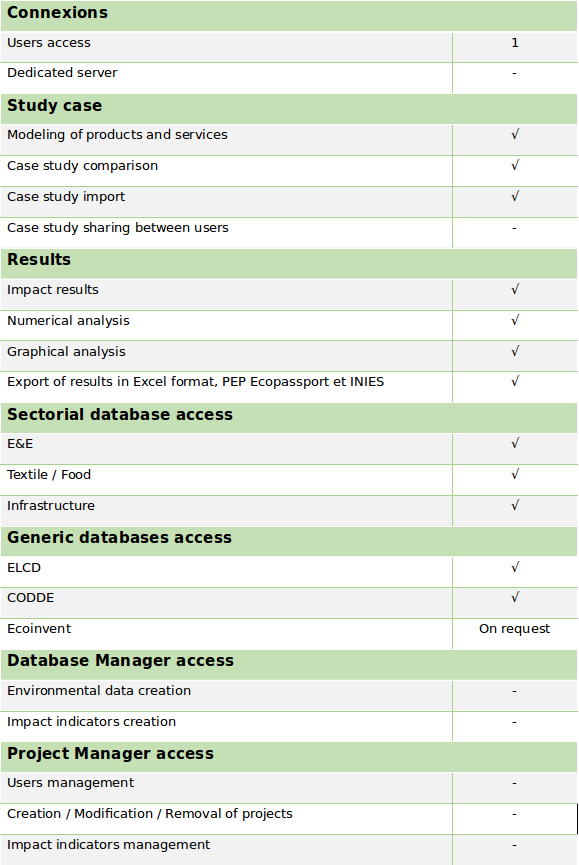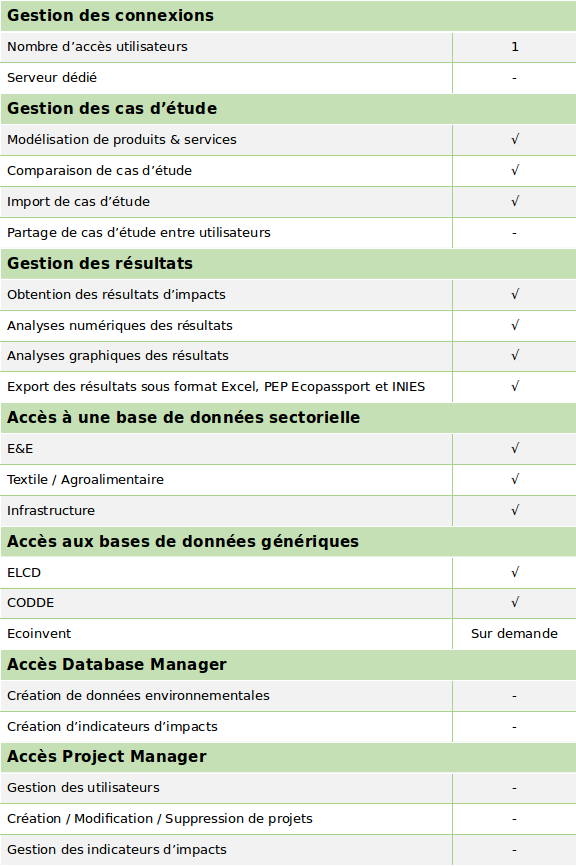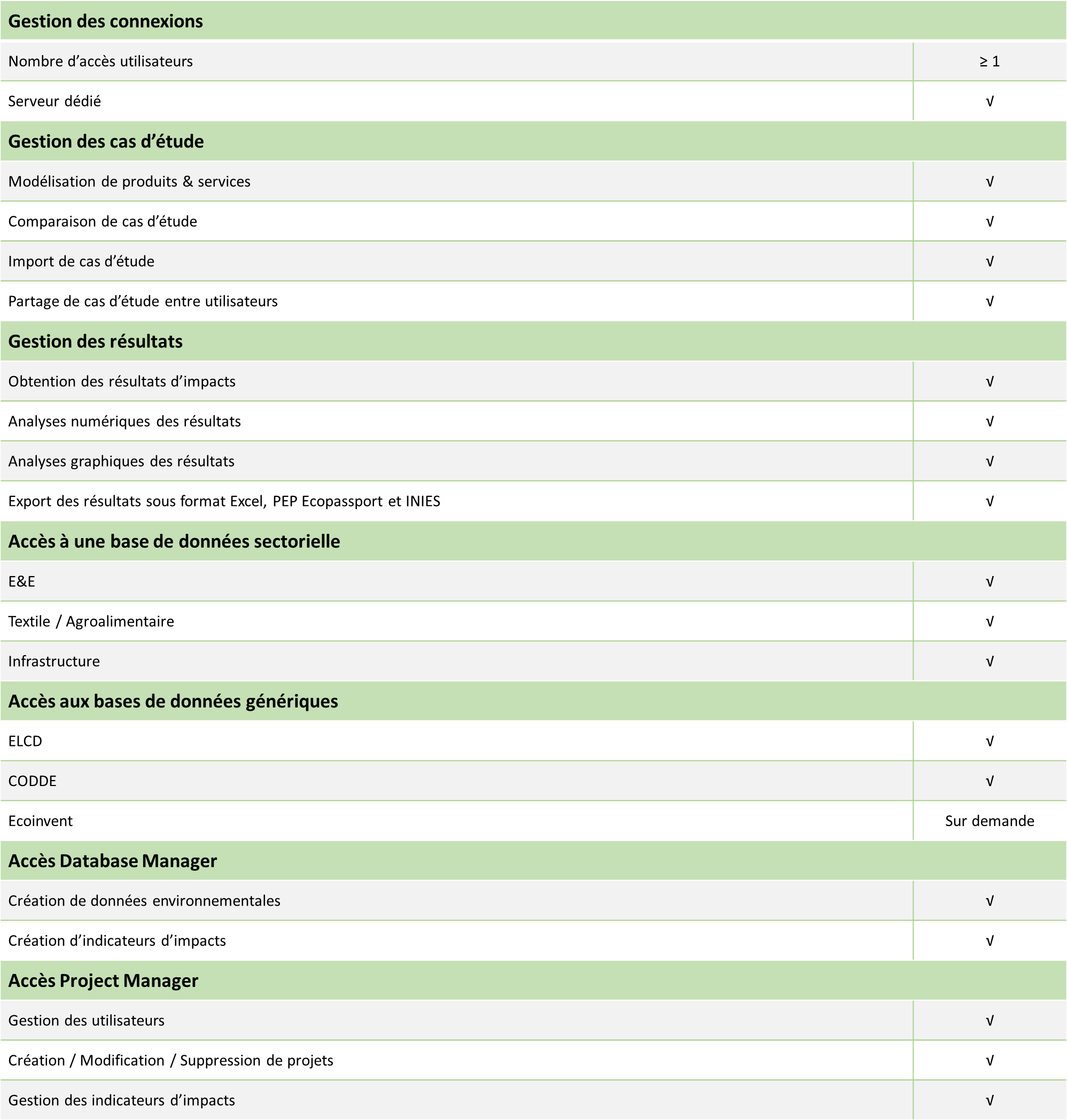DATABASE CONTENT
The NegaOctet database is composed of more than 500 data classified according to five levels of granularity:
- Level 0 - Basic data (including wafer)
- Level 1 - Digital components
- Level 2 - Equipment
- Level 3 - Systems
- Level 4 - Digital services
Each data is composed of an asset for manufacturing, distribution, use and end of life, for a total of 1,600 life cycle inventories (LCI). The database comes with:
- Configurators to dynamically assess the environmental impact of some equipment (excluding use phase)
- Good practice sheets to facilitate the use of data
The NegaOctet database is currently available in the EIME software or in Excel format.
NEGAOCTET EXPERTISE
Negaoctet research work has made it possible to:
- To have homogeneous multi-criteria data to assess the environmental impact of a digital service
- To carry out data consolidation and development work at all levels of the digital industry: components, equipment, networks, data centers
- To carry out the evaluations on all the PEF criteria and to carry out the standardization and weighting of the indicators to present the interest of the multi-criteria
- Evaluate the MIPS indicator (resource consumption indicator)

Wafer & Digital components
Our components have a high level of precision. The production of silicon wafers is at the heart of the impacts of semiconductors taking into account the following level of parameterization:
- Die surface
- Number of masks
- Engraving level
The impacts of LCD and OLED screens take into account the CSR reports of major manufacturers.

Equipment
Ready-to-use equipment is available, such as: computers, tablets, smartphones, TV boxes, etc. as well as connected objects (sensors, thermostats, connected speakers, etc.).
Configurable models have been created to study the environmental impact of IT equipment according to the technical characteristics that have the most influence, namely:
- CPU
- RAM
- Storage capacity

Telecom network
The NegaOctet database includes a first set of data on the environmental impact of fixed and mobile networks covering:
- The access network
- The aggregation network
- The backbone
The geographical coverages studied are France and Europe.

Data center
Data center modeling is based on:
- Approach combining PUE and integration of the impacts associated with the building and the equipment of the technical environment.
- Configuration of servers and technical equipment according to technical criteria: CPU, RAM, storage, load rate.
STRENGTH & RECOGNITION
The NegaOctet repository is the subject of scientific recognition recognized by ADEME and responsible digital experts such as AGIT, Le Club greenIT, EcoInfo and Responsible Digital Design.
- Critical review: The NegaOctet database has been subject to an external critical review by an independent third party.
- Compliance level: The NegaOctet database complies with ISO 14040/44 international standards, according to the EF 3.0 format and nomenclature
- Enrichment: we are committed to bringing the NegaOctet database to life according to your needs. Contact the LCIE Bureau Veritas if you wish to participate in the enrichment of the database.

EVALUATE YOUR DIGITAL SERVICES WITH EIME SOFTWARE

30 DAY FREE TRIAL Ask for a quote
📣The database is no longer commercialized by the NegaOctet consortium. For any questions regarding our CODDE® database and its evolution, please contact us.
BASE IMPACTS® VERSION
From the NegaOctet project, 55 data were developed specifically for the Base Empreinte® (open access). This data covers different levels of a digital service:
- Digital services: Email Sending, Video Streaming, File Transfer, Cloud Data Storage, Web Conferencing, Web Query
- Terminal equipment: Desktop and laptop computer, tablet, smartphone, computer screen, television, external hard drive, external SSD, USB key, internet box, connected watch, connected thermostat, industry sensor
- Fixed and mobile network: impact of transporting 1 GB
- Datacenter equipment: impact of server and virtual machines
These data are compatible with ADEME's product category rules (PCR). More information on MinumEco.

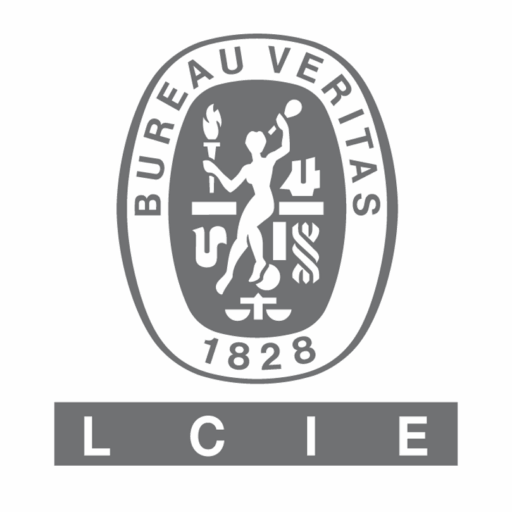


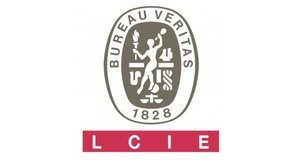

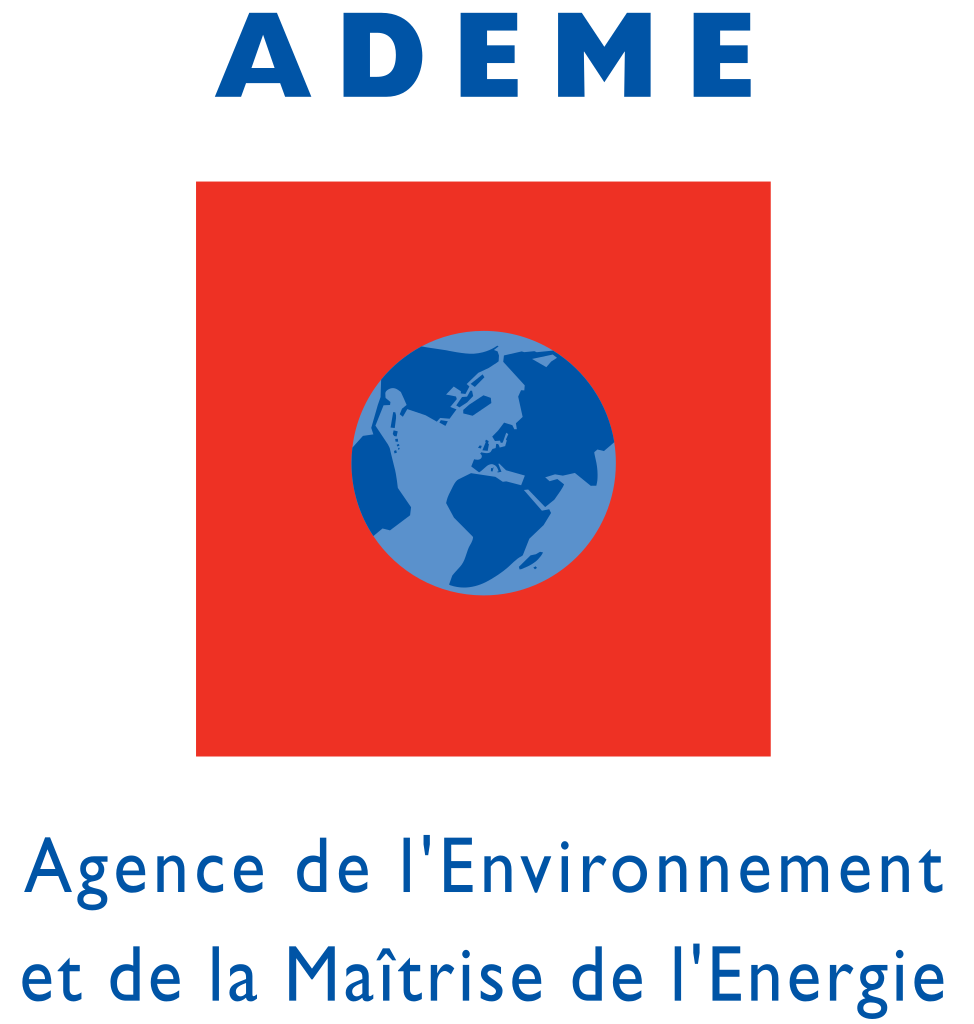

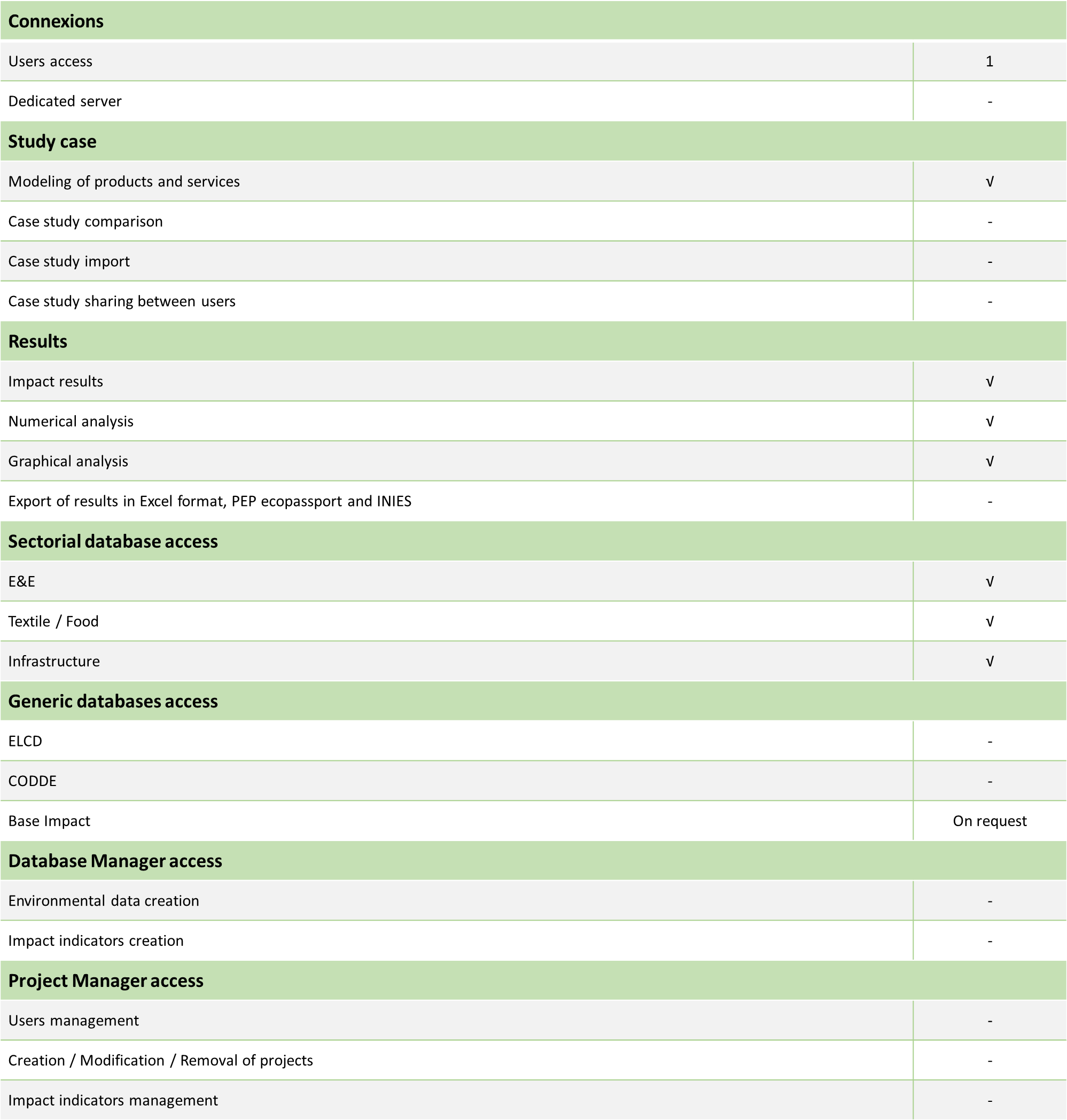

 SFR/Vodafone – Affichage environnemental
SFR/Vodafone – Affichage environnemental Conforama – Affichage environnemental
Conforama – Affichage environnemental Alstom Transport – Déclarations Environnementales Produit (DEP)
Alstom Transport – Déclarations Environnementales Produit (DEP) Schneider Electric – Product Environmental Profile (PEP)
Schneider Electric – Product Environmental Profile (PEP)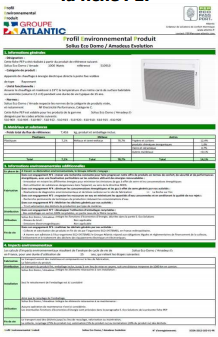 Atlantic – Product Environmental Profile (PEP)
Atlantic – Product Environmental Profile (PEP) Arbor – Fiche Déclarations Environnementale et Sanitaire (FDES)
Arbor – Fiche Déclarations Environnementale et Sanitaire (FDES)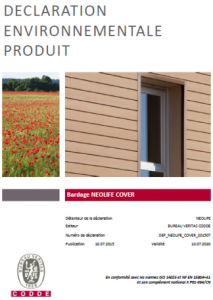 Neolife – Fiche Déclarations Environnementale et Sanitaire (FDES)
Neolife – Fiche Déclarations Environnementale et Sanitaire (FDES) Atlantic – Communication Environnementale pour le grand public
Atlantic – Communication Environnementale pour le grand public